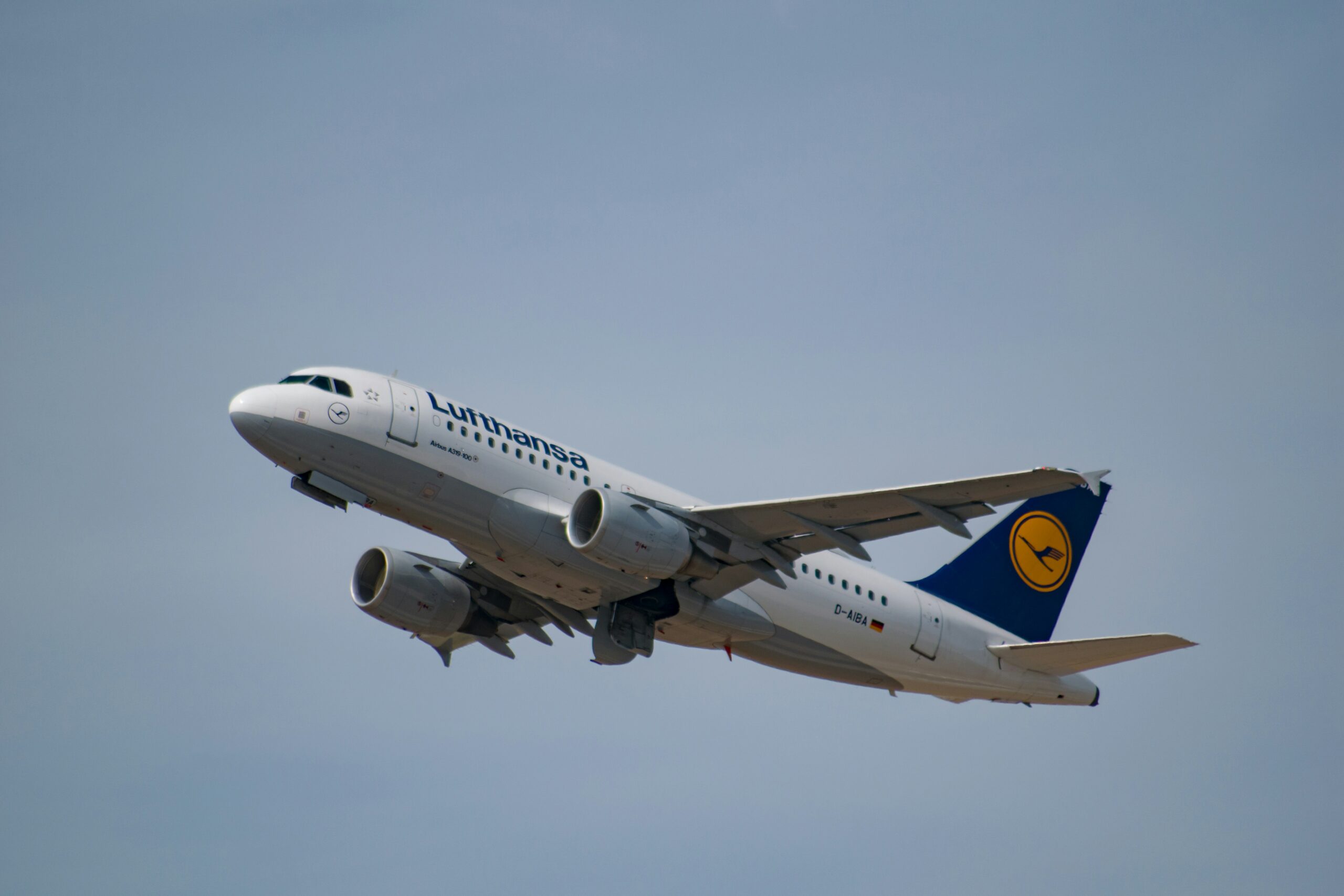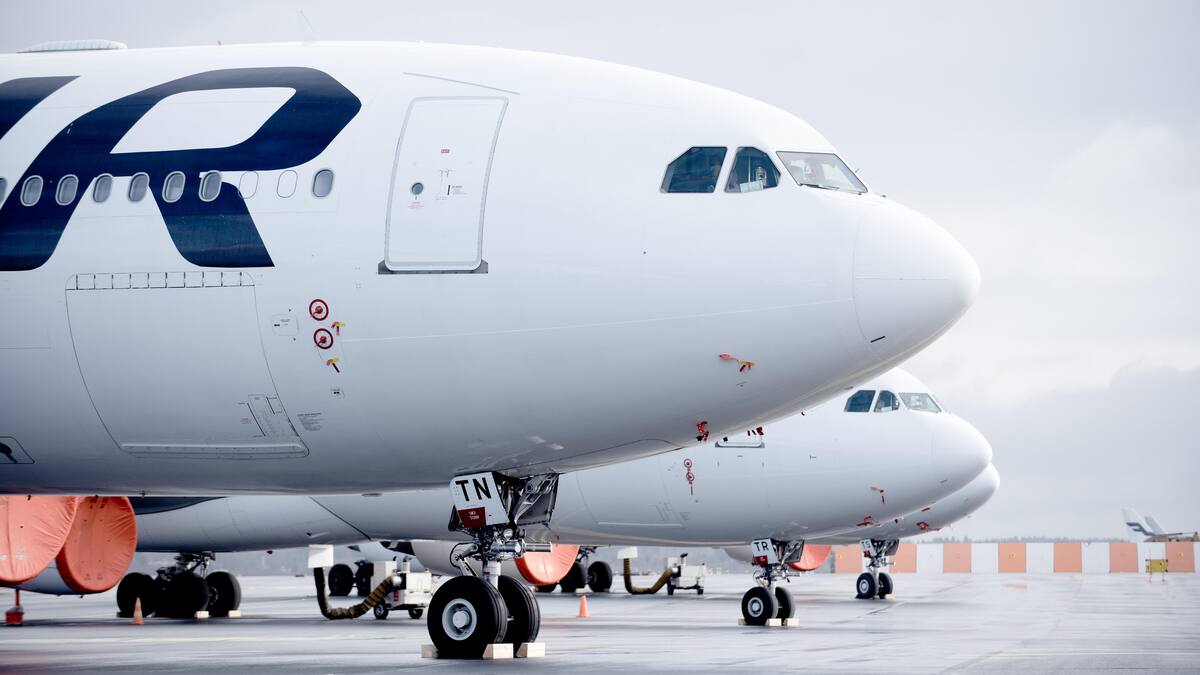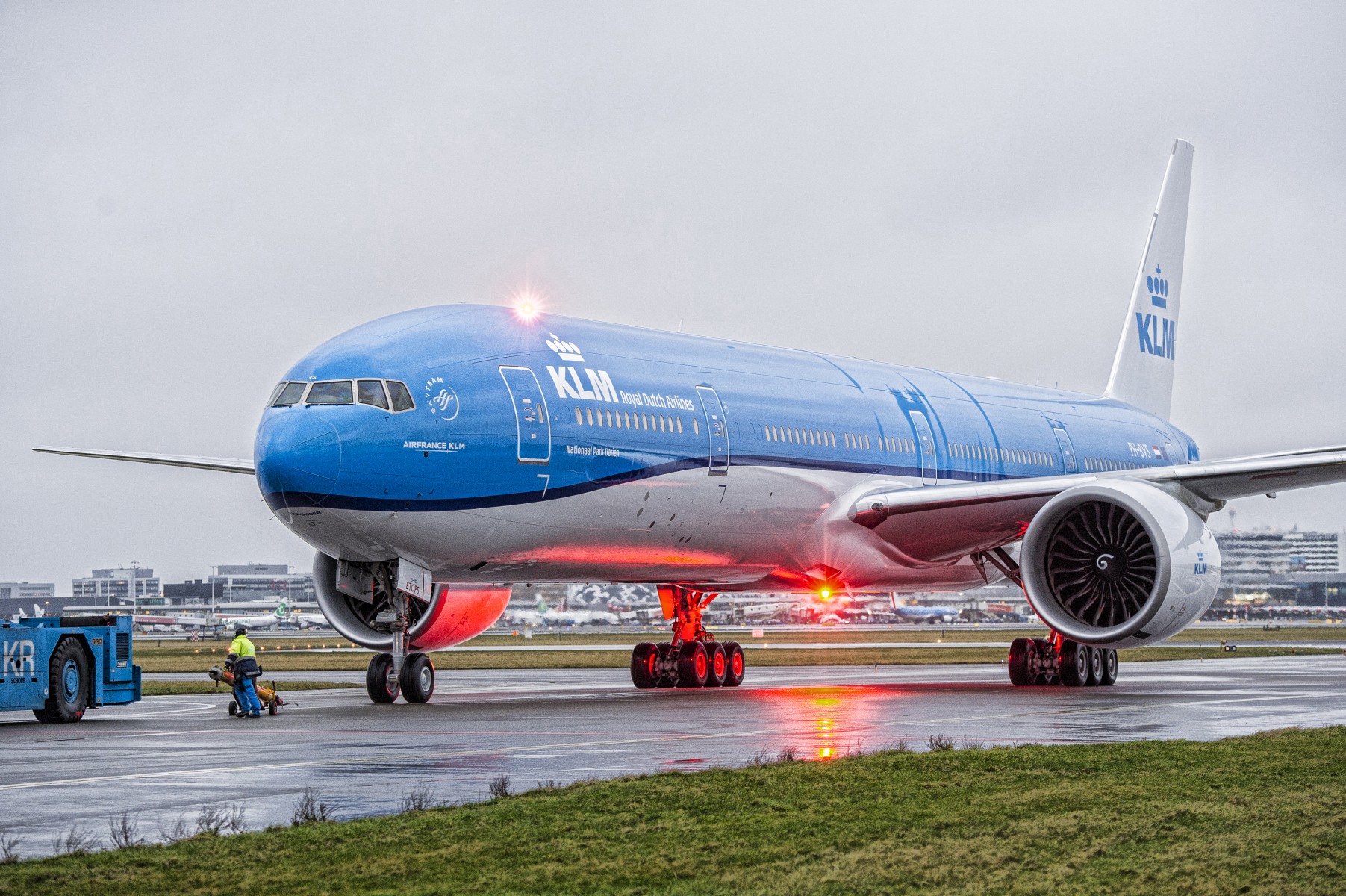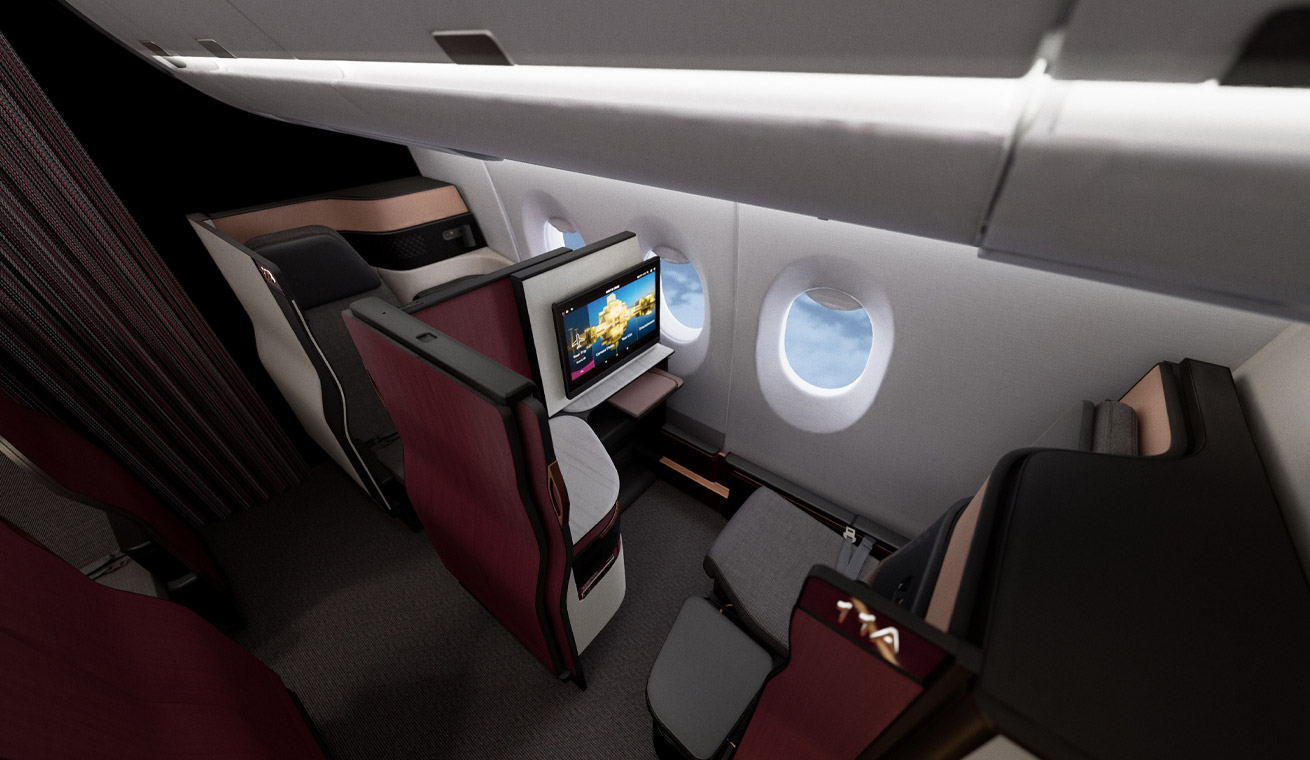Lufthansa faced a critical incident when an Airbus A321 flew without an active pilot for almost ten minutes. The co-pilot suffered a sudden seizure over Spanish airspace during a flight from Germany to Spain. This alarming event has sparked urgent safety reviews across European aviation authorities. The airline’s flight from Frankfurt to Seville carried nearly two hundred passengers and six crew members.
While cruising over the Iberian Peninsula, the captain briefly left the cockpit, leaving the co-pilot alone at the controls. Shortly after, the co-pilot became incapacitated and unintentionally interfered with the aircraft’s controls. Upon returning, the captain quickly regained control and diverted the flight safely to Madrid Airport, where medical help awaited the affected co-pilot. No passengers or crew suffered injuries during the emergency.
This event highlights the risks of allowing a single pilot to operate the cockpit, even for short periods. Aviation regulators and airlines now reconsider policies that permit one pilot to be alone during routine breaks. The incident reinforces the importance of maintaining two qualified crew members in the cockpit to ensure safety and quick response to emergencies.
Despite advancements in aircraft automation and ongoing tests of autonomous systems, industry experts agree that human pilots remain essential. They provide critical oversight, cross-checks, and fast decisions during unexpected situations. The Lufthansa case demonstrates that automation cannot fully replace human vigilance, especially when health emergencies occur mid-flight.
Following this event, many airlines have started reviewing their cockpit procedures and medical monitoring of pilots. The incident serves as a strong reminder that human factors and redundancy must stay at the core of aviation safety. As flights become more automated, balancing technology with human presence remains crucial to protect passengers and crew worldwide.
Related stories:
Catch up on the top stories and travel deals by subscribing to our newsletter!











Leave a Reply